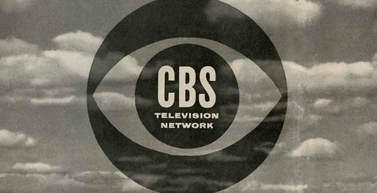MAIN CHANGES TO THE STRAT DESIGN DURING THE CBS ERA


|
In late 1971 CBS replaced the neck shim and the 4-bolt neck plate respectively with the new micro tilt system and the 3-bolt neck plate.
Few know that while Leo Fender worked as a consultant for the CBS, he, with the help of Freddie Tavares, came up with a new invention: the tiltable guitar neck incorporating thrust absorbing pivot and locking elements, also known as tilt-neck or micro tilt. Thanks to the micro tilt the neck angle could be adjusted via a smaller wrench inserted into the lower hole below the screw of a 3-bolt neck plate. In addition to the serial number, the new neck plate was stamped with a huge “F” of Fender and the words “FENDER MICRO-NECK-ADJUST PAT. 3550496”. At the same time the truss-rod could be adjusted via a wrench inserted into a metal bullet located above the nut, without disassembling the neck, hence the name bullet truss rod. Although it is considered by many to be one of the causes of the decline of the CBS Stratocasters, the tilt-neck concept was valid and it is still used today for many acclaimed guitars. |
|
When CBS bought Fender, one of the first things Don Randall wanted to do was to make their own tuning machines, thus avoiding buying the Klusons.
Forrest White stated in his book that he had the idea of the design of new keys that would be mounted easily on the six-in-a-row headstock with the use of two screws. According to Forrest, Fender bought West German gear-hobbing machines to make the gears for the keys they wanted to make. |

|
© COPYRIGHT 2014-2024 FUZZFACED.NET BY ANTONIO CALVOSA - TUTTI I DIRITTI RISERVATI
La copia, la riproduzione, la pubblicazione e la redistribuzione dei contenuti, se non autorizzate espressamente dall'autore, sono vietate in qualsiasi modo o forma. |

|
© COPYRIGHT 2014-2024 FUZZFACED.NET BY ANTONIO CALVOSA - ALL RIGHTS RESERVED
The copying, reproduction, publication and redistribution of the contents, unless expressly authorized by the author, are prohibited in any way or form. |